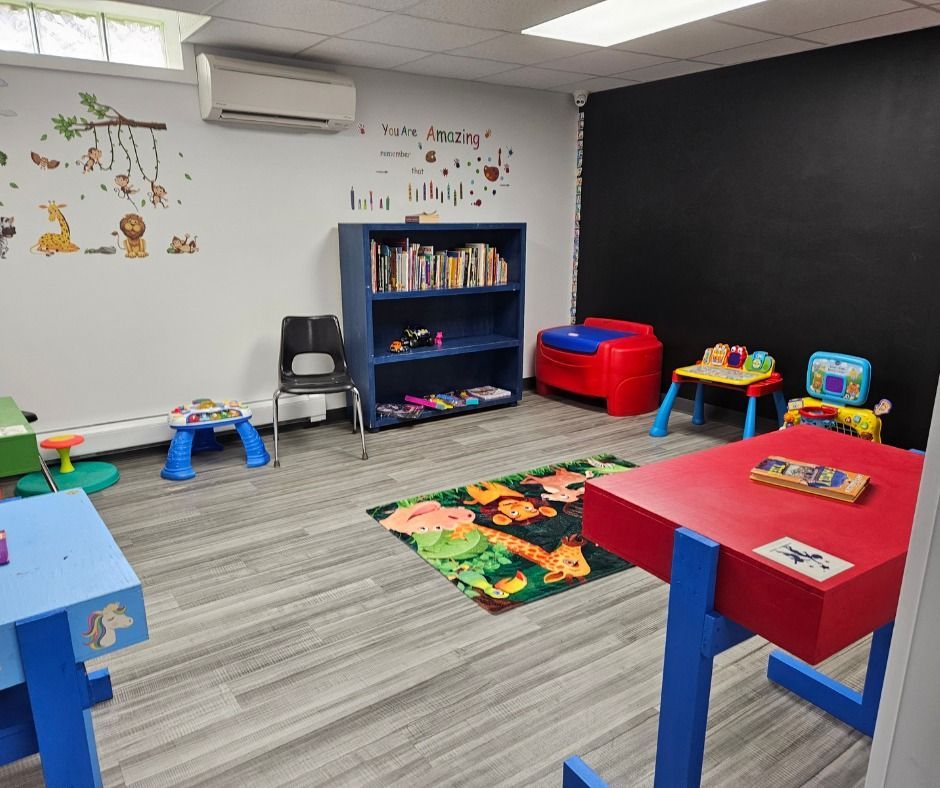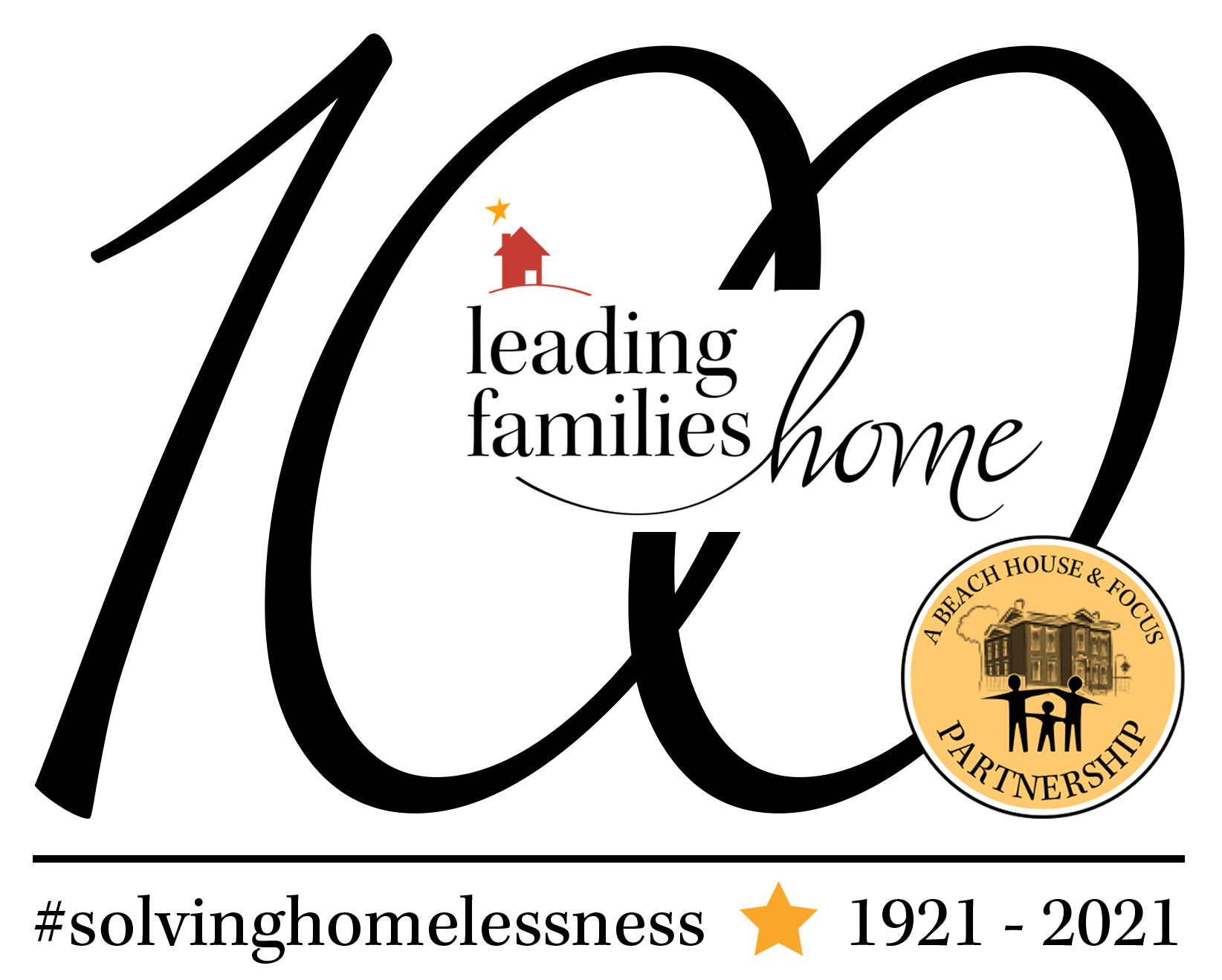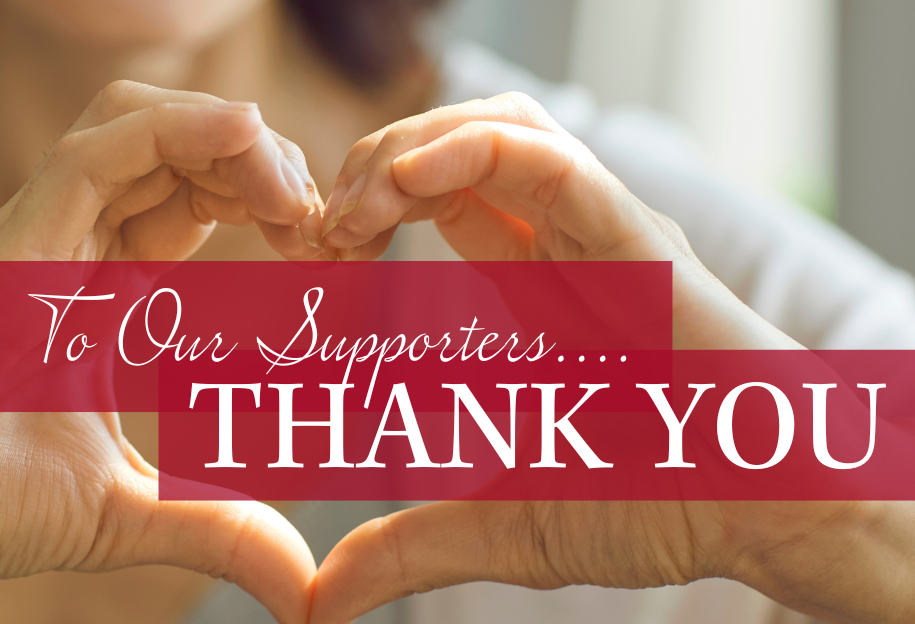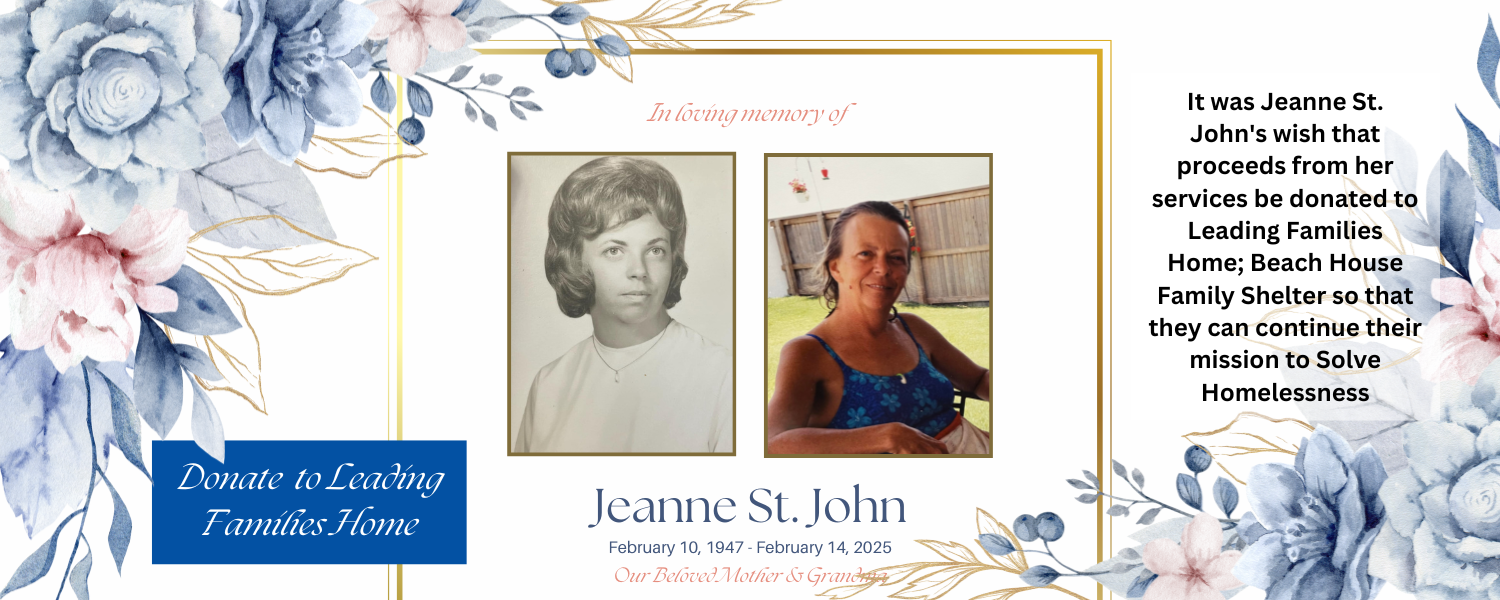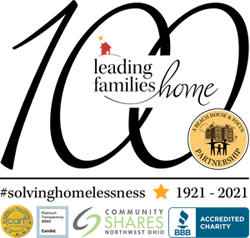The Real Reason People Become Homeless
People experience homelessness for many reasons – reasons that may be different than what you think. People may face homelessness because they can’t afford housing in the city where they live or due to health issues or personal circumstances that they cannot control, such as mental illness and domestic violence. Homelessness is also exacerbated by racial inequality, lack of re-entry programs for prisoners, and government legislation.
Lack of Affordable Housing
In all major cities throughout America, there is a lack of affordable housing for low-income individuals and families. Without access to affordable housing, many Americans are caught in a cycle of poverty and homelessness, according to the National Alliance to End Homelessness .
People find themselves facing homelessness because they cannot afford available housing while working 40 hours a week at a minimum wage job. This is called a housing affordability gap and it is a real challenge to millions of Americans, including those who live in Ohio ( Coalition for the Homeless ).
The National Low Income Housing Coalition’s latest Gap Report found that the average renter in Ohio earns $12.87/hour, which is less than the $15/hour needed to afford a basic two-bedroom apartment. A minimum-wage worker would have to work 57 hours a week to avoid spending over 30 percent of their household income on rent – the federal standard for housing affordability. ( National Low Income Housing Coalition )
Additionally, only 42 rental units are affordable and available for every 100 extremely low-income tenant households in Ohio. That means 68 percent of the state’s 450,759 poorest families are spending over half their income on rent ( National Low Income Housing Coalition ).
The housing affordability gap isn’t the only reason there is such a lack of affordable housing. According to a report published by Curbed , the housing crisis is a result of many factors, such as housing policies that favor homeowners over renters, the rising cost of labor and materials, and restrictive housing codes that limit the expansion of affordable housing.
Domestic Violence
“On average, nearly 20 people per minute are physically abused by an intimate partner in the United States. In one year, this equates to more than 10 million victims,” reported the Justice Department, Office on Violence Against Women .
Those who experience domestic violence may be faced with a horrible decision: to stay with their abusers or face homelessness. “A lack of financial resources and options is the number one reason that victims of domestic violence cannot leave abusive relationships,” states Dr. Dara Richardson-Heron, CEO, YWCA USA .
“Persons experiencing domestic violence, particularly women and children with limited resources. They may lack access to the safe and confidential housing necessary to protect them from their abusers. Others may face discrimination while trying to obtain housing.” ( National Network to End Domestic Violence )
According to the United States Department of Justice, “…one in four homeless women is homeless because of violence committed against her. Whether families receive assistance from domestic violence (DV) or homeless service systems is often a matter of chance, availability of beds, and knowledge of services in a community.” ( National Center on Family Homelessness )
“One of the major causes of homelessness for children in the U.S. includes experiences of trauma, especially domestic violence, by their mothers and/or by the children themselves; trauma frequently precedes and prolongs homelessness for children and families.” ( America’s Youngest Outcasts Fact Sheet )
The Journal of Intimate Partner Violence surveyed 180 homeless male and female youth in Columbus, Ohio, and found that 35 percent of youth were put down, called names repeatedly, or were controlled by their intimate partners in their lifetime, and 30 percent of youth were physically harmed.
Mental Health & Disabilities
A person’s overall health has a huge impact on whether or not that person will face homelessness.
The U.S. Department of Housing and Urban Development reported, “People living in shelters are more than twice as likely to have a disability compared to the general population.” ( 2016 Annual Homeless Assessment Report)
“The mentally ill and people addicted to alcohol or drugs are the first victims of housing shortages,” as noted by Harvard Medical School . This group is at a high risk of homelessness due to their disabilities and low-income. “Once they are on the streets, their isolation becomes more serious, because lost connections are difficult to re-establish.”
Time Spent In Prison
‘With some 2.2 million adults and youth in juvenile detention facilities, prisons, and jails, the United States incarcerates many more people—and a higher percentage of our population—than any other nation in the world,” according to Robert Wood Johnson Facility .
Spending time in the prison system does not necessarily cause homelessness, but Prison Policy Initiative reports that rates of homelessness are especially high among those who have been incarcerated more than once or recently released from prison.
In a 2018 report by the Coalition for the Homeless, it was noted that, “[i]n New York City… more than 54% of people released from prison moved straight into the city’s shelter system in 2017.”
“If people don’t have stable housing when they get out, they’re much more likely to go back,” said Steve Berg, vice president for programs and policy at the National Alliance to End Homelessness, a research and advocacy group based in Washington, D.C. “Housing is the key to understanding the recidivism puzzle.” ( Pew Charitable Trusts )
Racial Inequality
The National Health Care for the Homeless council states, “The crisis of homelessness would not exist but for the history of slavery, genocide, and white supremacist public policy. That 40% of the homeless population is Black/African American, though just 13% of the general US population, is no accident; it is the legacy of oppression.”
According to Homelessness Report , “[e]ven controlling for poverty, homelessness disproportionately impacts Black families.”
It was reported by Los Angeles Homeless Services Authority , “Black people make up 9% of the population of LA County, but more than one-third of its population experiencing homelessness—an over-representation that is consistent demographically across other jurisdictions in the United States.”
One of the major Federal housing subsidies provided through the tax code disproportionately benefit high-income, predominantly white, homeowners, while the number of federally subsidized housing units only reaches one-quarter of the income-eligible population, leaving this predominantly minority and female-headed lower income population severely rent burdened and vulnerable to eviction. ( The State of the Nation’s Housing )
#solvinghomelessness
Homeless has many interrelated causes, most of which are not necessarily apparent to the general public. By becoming aware of the causes of homelessness, we can begin to make progress.
Leading Families Home is a homeless family shelter based in Toledo, Ohio. We are dedicated to #solvinghomelessness in our community, and invite you to join with us in the fight.
Please consider supporting our organization in one of the following ways:
Donate Online
Leading Families Home partners with PayPal for secure online payments. Click Donate Now to be taken to the secure donation page.
Mail a Check
To donate by check, please make the check out to Leading Families Home.
Mail your check to the following address:
Leading Families Home
2283 Ashland Ave.
Toledo, OH 43604
Let’s Connect
Connect with Leading Families Home on social media to see the latest stories from our Participants, Board Members, Staff, and Volunteers!
You can support Leading Families Home by liking or following our accounts, liking and SHARING them on your social media accounts. Invite your contacts to like or follow us, too! Let’s spread the word, and end homelessness in Toledo!
